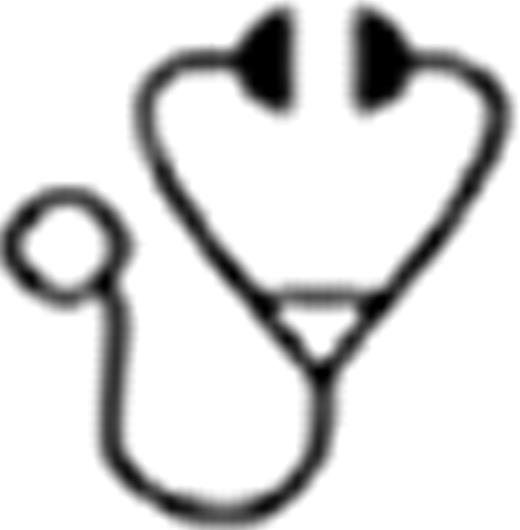Abstract
Allo-HSCT remains the only curative approach for patients with SCD, yet a high risk of procedural toxicities and graft-versus-host disease (GvHD) limit this approach in adult patients with end organ damage from SCD. We chose a low-dose radiation approach utilizing sirolimus based upon its unique ability to promote T cell tolerance. Entry criteria include irreversible SCD-related complications (stroke, nephropathy, or tricuspid regurgitant jet velocity >2.5 m/s), or reversible complications not ameliorated by a 6-month course of hydroxyurea (frequent vaso-occlusive crises or acute chest syndrome). Conditioning was achieved with 1mg/kg of alemtuzumab divided over 5 days, a single total body irradiation dose of 300cGy, and oral sirolimus targeting trough levels between 10–15 ng/ml. Donor chimerism was measured by microsatellite PCR among CD3 and CD14/15 positive white cells. Twenty-three patients have been transplanted to date, and their ages ranged from 17 to 64 years (median 28). All are alive at 2 months to 7 years post allo-HSCT. Conditioning was well-tolerated. All received unmanipulated G-CSF mobilized peripheral blood progenitors obtained from 8/8 HLA-matched siblings. CD34+ cell doses ranged from 5.5 to 31 × 10e6/kg (median 14.4), and CD3+ cell doses ranged from 1.6 to 5.4 × 10e8/kg (median 3.4). Three patients engrafted temporarily but lost their grafts between the 2nd and 3rd months post transplant and had recurrent SCD. Twenty patients engrafted with mean myeloid chimerism of 97.5% (median 89%) and CD3 chimerism of 42% (median 49%). Improvements in laboratory parameters of engrafted patients are as follows: pre vs post HSCT hemoglobin, 8.7 vs 12.1 g/dL; reticulocyte count, 181 vs 74 k/uL; LDH, 328 vs 202 units/L; total bilirubin, 2.87 vs 1.0 mg/dL. Hemoglobin electrophoresis revealed replacement by donor type hemoglobin in 19 patients by 1 year, with amelioration of the SCD phenotype allowing for therapeutic phlebotomy. In 17 patients at 1 year or more post allo-HSCT, 5 had CD3 chimerism >50% which allowed complete withdrawal of immunosuppression; they have maintained stable mixed chimerism. Two patients received preemptive treatment with ganciclovir or foscarnet for presumed CMV reactivation (blood PCR >300 genome/mL) before day 30. Treatment in both patients was discontinued 1 week later with negative blood PCR and prophylaxis with acyclovir was resumed. There were 2 patients with zoster at 2 and 3 years post allo-HSCT. Finally, no engrafted patient to date has developed any evidence of acute or chronic GVHD. Our results demonstrate that this relatively simple conditioning regimen is well-tolerated across a broad age range of adults with severe SCD, is effective in achieving stable mixed chimerism without the development of GVHD, and is sufficient to induce functional tolerance.
No relevant conflicts of interest to declare.

This icon denotes a clinically relevant abstract
Author notes
Asterisk with author names denotes non-ASH members.

This feature is available to Subscribers Only
Sign In or Create an Account Close Modal